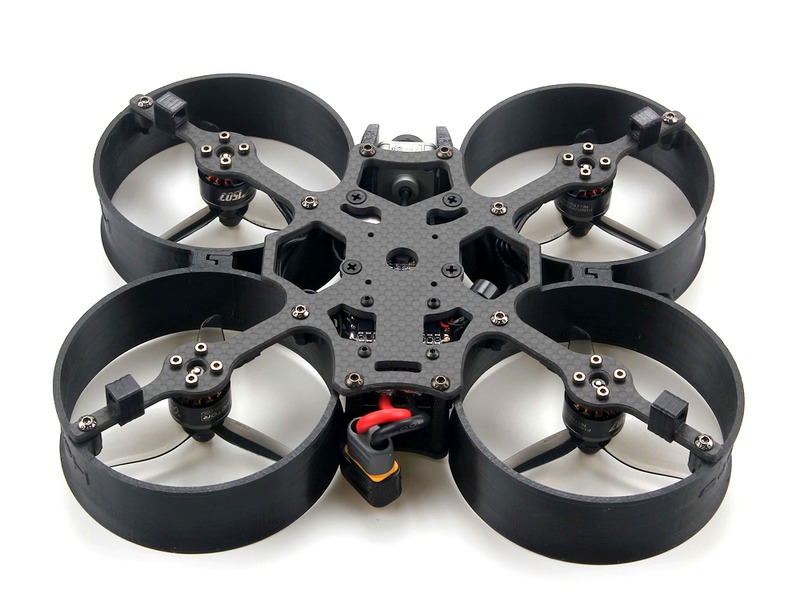Do military drones rely on GPS?

Yes, military drones do rely on GPS (Global Positioning System). GPS is a satellite-based navigation system that allows for precision guidance and navigation of unmanned aerial vehicles (UAVs), or drones. This system has become a critical part of many military operations, from providing reconnaissance and surveillance to delivering weapons and supplies.
GPS is used in a variety of ways to aid in the operation of military drones. First, GPS allows for pinpoint accuracy in navigation and guidance. This means that the drone can be sent to a specific location and accurately follow a predetermined path. This is critical for reconnaissance and surveillance missions, where the drone must be able to accurately identify and track targets. GPS also provides the ability for the drone to avoid obstacles, such as buildings and trees.
Second, GPS allows for real-time tracking of the drone’s location. This is important for safety and security, as it allows the operator to know where the drone is at all times. It also provides situational awareness, allowing the operator to be aware of any changes in the environment.
Third, GPS can be used to track the drone’s performance. This is especially important for long-distance missions, as it allows the operator to monitor the drone’s speed, altitude, and other performance metrics. This can help to ensure that the drone is able to complete its mission and return safely.
Finally, GPS can be used to provide geo-fencing. This is a feature that allows the operator to set boundaries for the drone’s flight path. This can be used to ensure that the drone does not enter restricted airspace or other areas that are off-limits.
In summary, GPS is an essential part of military drone operations. It allows for precision navigation and guidance, real-time tracking, performance monitoring, and geo-fencing. Without GPS, military drones would be significantly less effective and much more dangerous to operate.
Comments / Question
1. Inertial Navigation Systems (INS): This system uses accelerometers, gyroscopes, and other sensors to measure the drone’s speed and direction.
2. Radio Navigation Systems: This system uses ground-based radio transmitters to help guide the drone.
3. Optical Navigation Systems: This system uses cameras and other sensors to detect and track objects in the drone’s environment.
4. Autonomous Navigation Systems: This system uses artificial intelligence and machine learning to enable the drone to make decisions on its own.
2. GPS Spoofing: GPS spoofing can be used to deceive a drone into believing it is in a different location, potentially leading to a crash or compromising its mission objectives.
3. GPS Outages: GPS outages can occur due to solar storms, atmospheric conditions, or other disruptions, which could lead to a loss of navigation and control of the drone.
4. Cyber Security: GPS signals can be hacked, allowing malicious actors to gain access to the drone’s navigation system and potentially disrupt the mission.
5. GPS Accuracy: GPS signals can be subject to inaccuracies due to interference or signal degradation, potentially leading to a loss of control or mission failure.
2. Increased Safety: GPS gives the drone an enhanced sense of awareness, allowing it to avoid obstacles and potential hazards more easily.
3. Increased Reliability: GPS allows drones to be more reliable and dependable, as they can make changes quickly in response to changing environmental conditions or changes in mission objectives.
4. Autonomous Flight: GPS enables drones to autonomously navigate complex routes and environments, as well as autonomously respond to changes in mission objectives.
5. Improved Communication: GPS allows for improved communication between the drone and its operators, as it can relay its location and other data in real-time.

